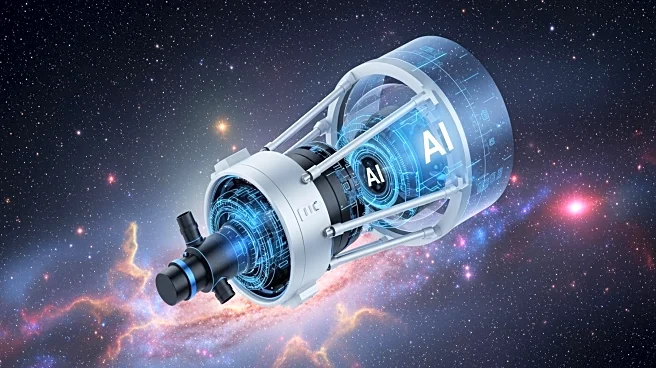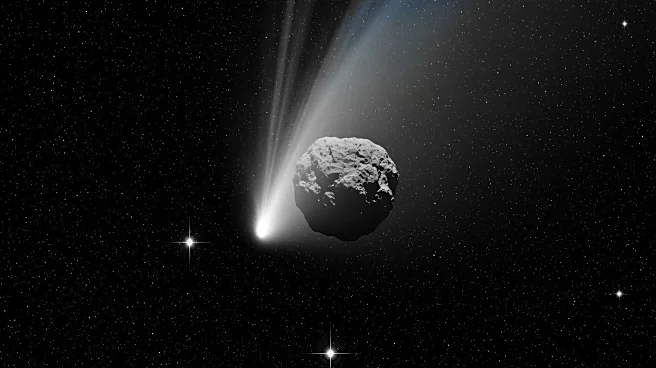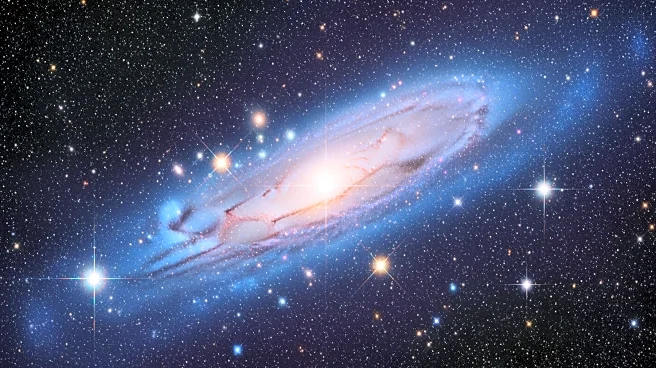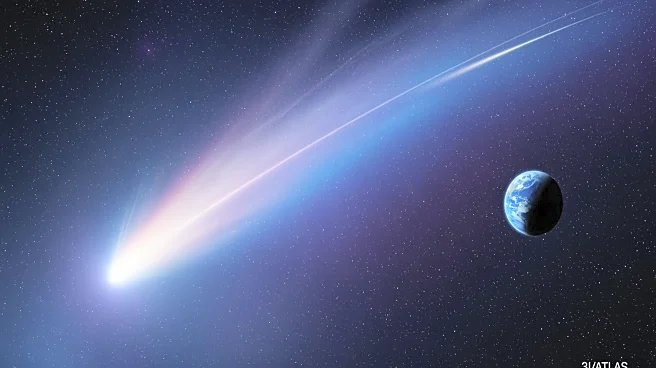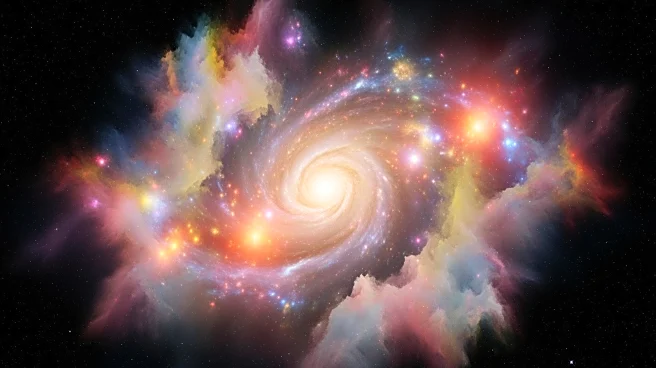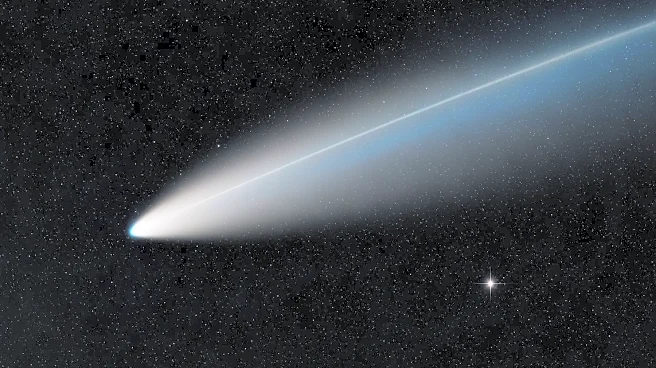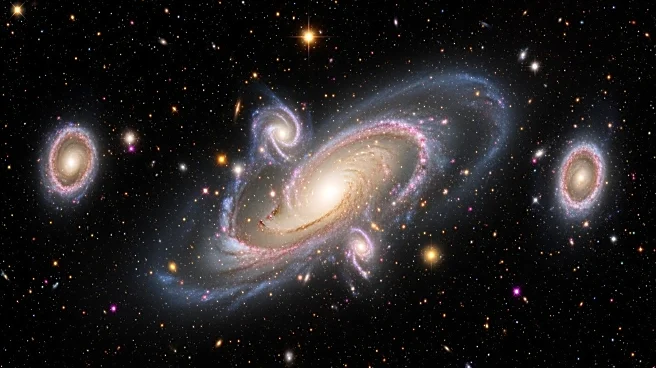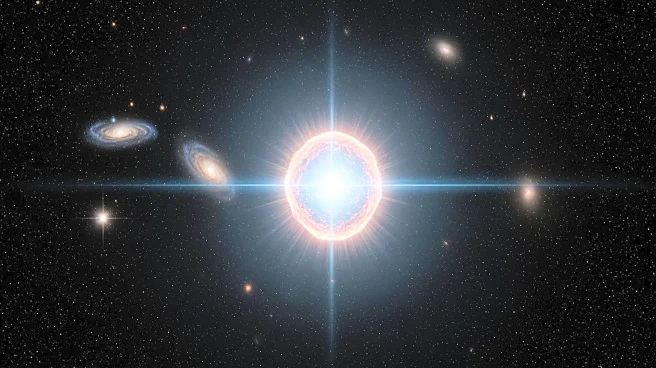What's Happening?
The James Webb Space Telescope (JWST) has been experiencing issues with blurry vision due to electronic distortions in its infrared camera detector. To address this, Australian researchers developed an AI algorithm called AMIGO, which corrects the affected
pixels and enhances image clarity. The algorithm was applied to the Aperture Masking Interferometer (API), a component designed to search for exoplanets. The AI solution has improved the telescope's ability to produce detailed images, allowing for more precise observations of celestial bodies.
Why It's Important?
The implementation of AI technology in space exploration represents a significant advancement in overcoming technical challenges without the need for costly physical interventions. By enhancing the JWST's imaging capabilities, researchers can obtain clearer data on exoplanets and other distant objects, contributing to the understanding of the universe's formation and evolution. This development underscores the potential of AI in expanding the scientific reach of space missions and improving the accuracy of astronomical observations.
What's Next?
With the AI algorithm in place, the James Webb Space Telescope is set to continue its mission of exploring the cosmos with improved precision. Researchers anticipate new discoveries in the study of exoplanets and the composition of their atmospheres. The success of AMIGO may inspire further integration of AI solutions in other space instruments, paving the way for more efficient and cost-effective space exploration. Continued collaboration between AI experts and astronomers will likely lead to additional breakthroughs in the field.
